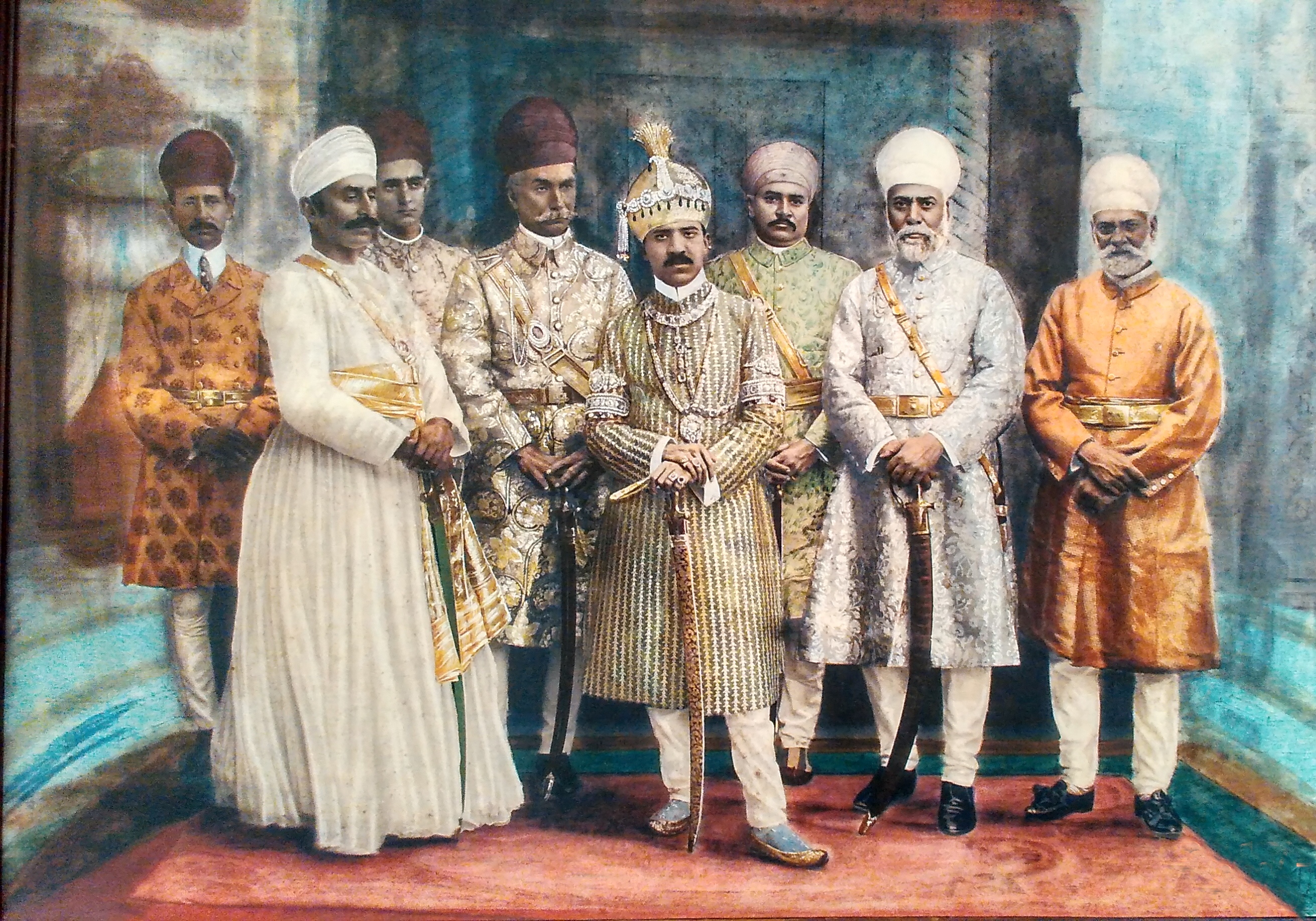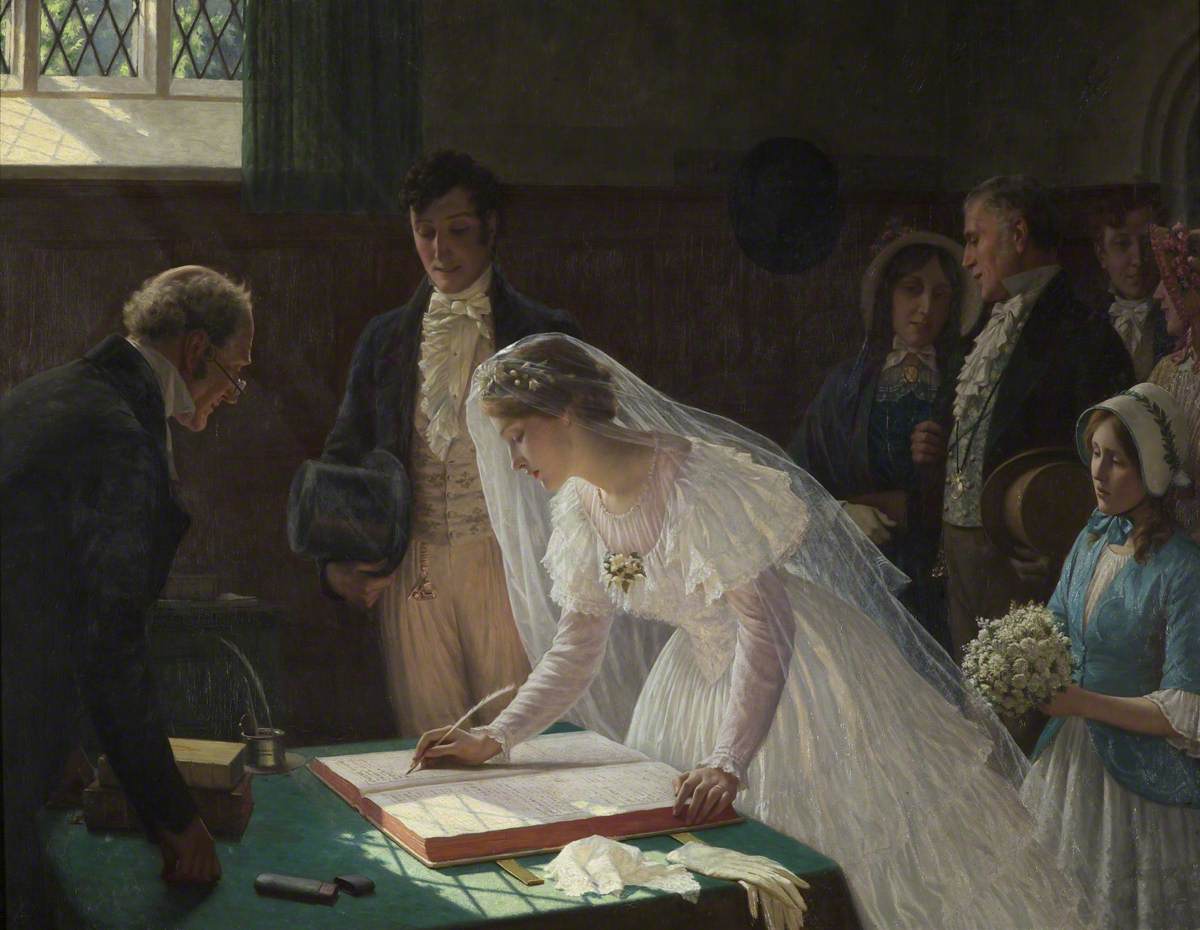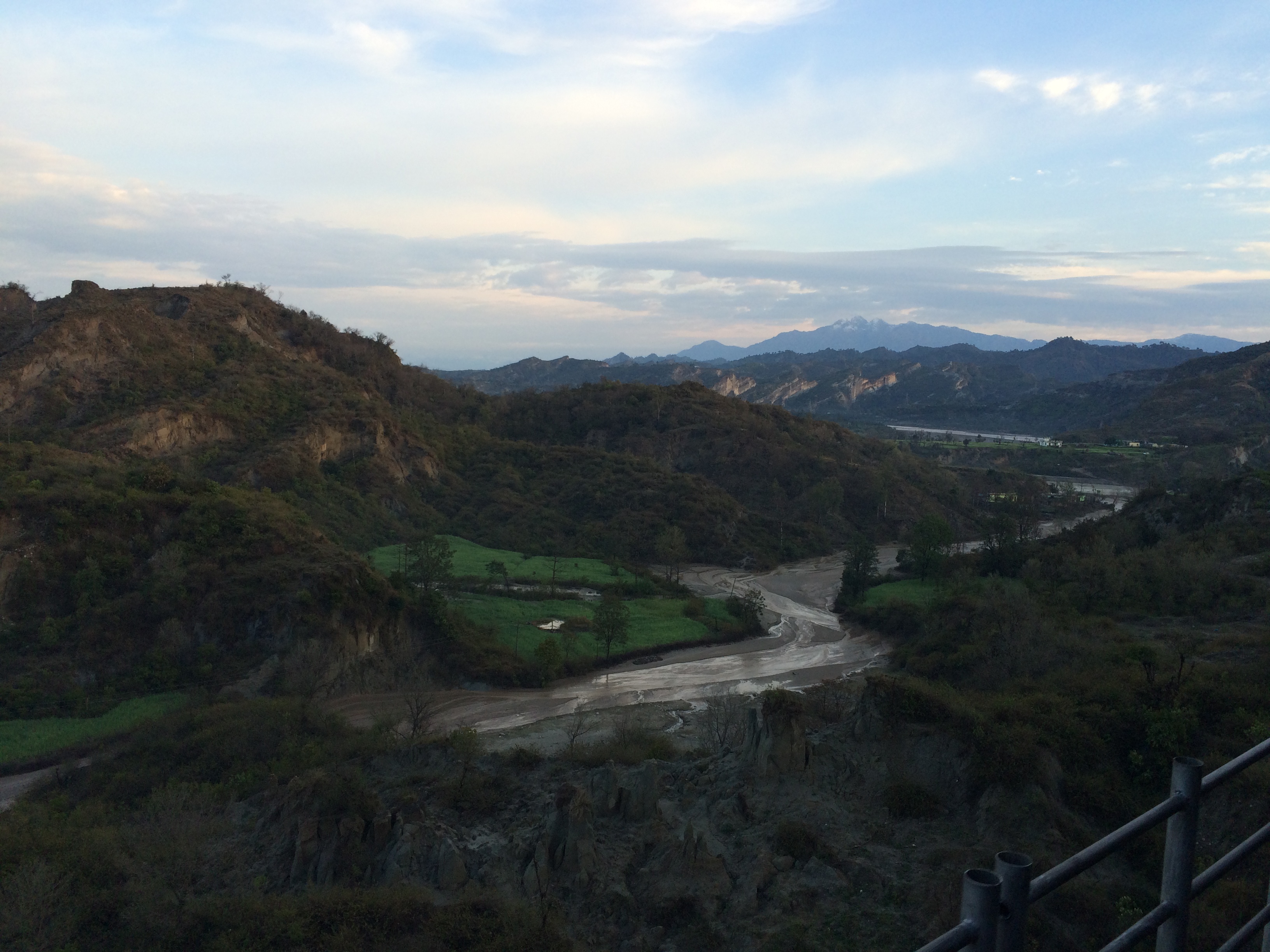|
Sherwani
A sherwani is a long-sleeved outer coat worn by men in South Asia. Like the Western frock coat, it is fitted, with some waist suppression; it falls to below the knees and is buttoned down the front. It can be collarless, have a shirt-style collar, or a stand-up collar in the style of the Mandarin collar. It evolved in the Indian subcontinent in the 19th-century as a result of the outer garment of the late Mughal Empire, Mughal period, the angarkha—itself evolved from the Persian cape, ''balaba''—being given a western style with a button-down front. Etymology The name of the attire is plausibly derived from Shirvan or Sherwan, a region of present-day Azerbaijan, due to the folk dress of that area (Chokha) which resembles the sherwani. Therefore, the garment may also be a Mughal Empire, Mughalized derivative of the Caucasian dress due to the ethnocultural linkages of Turco-Persian affinity during the Middle Ages. History The sherwani originated in the early 1 ... [...More Info...] [...Related Items...] OR: [Wikipedia] [Google] [Baidu] |
Nehru Jacket
The Nehru jacket is a hip-length tailored coat for men or women, with a mandarin collar, and with its front modelled on the Indian achkan or sherwani, a garment worn by Jawaharlal Nehru, the prime minister of India from 1947 to 1964. History The Nehru jacket is a variation of the Jodhpuri where the material is often khadi (hand-woven cloth). The Jodhpuri itself is an evolution from the Angarkha. Popularized during the terms of Jawaharlal Nehru, these distinct Bandhgalas made from khadi remain popular to this day. Style Unlike the achkan, which falls somewhere below the knees of the wearer, the Nehru jacket is shorter. Jawaharlal Nehru, notably, never wore this type of Nehru jacket. Popularity The jacket was first marketed as the ''Nehru jacket'' in Europe and America in the mid-1960s. It was briefly popular there in the late 1960s and early 1970s, its popularity spurred by the aspirational class' growing awareness of foreign cultures, by the minimalism of the Mod l ... [...More Info...] [...Related Items...] OR: [Wikipedia] [Google] [Baidu] |
Achkan
An achkan (, ), also known as ''baghal bandi'', is a knee length jacket worn by men in the Indian subcontinent. It is a similar garment to the angarkha. History The achkan evolved from the , a dress which was worn by people in higher social classes. According to Shrar, the achkan was invented in Lucknow when India was being ruled by independent rulers (rajas, nawabs and Nizams). It was later adopted by high class Hindus from Muslim nobles It can be distinguished from the through various aspects, particularly the front opening. Achkans traditionally have a side opening tied with strings, known as ''baghal bandi'', although front openings are not uncommon. s always have a straight opening at the front, due to their function as an outer garment. The achkan, like the angarkha, was traditionally worn with a sash known as '' patka'', '' kamarband'' or ''dora'' wrapped around the waist to keep the entire outfit in place. Achkans are always worn with either dhoti or churidar. Achka ... [...More Info...] [...Related Items...] OR: [Wikipedia] [Google] [Baidu] |
Angarkha
Angarkha is an outer robe with long sleeves which was worn by men in South Asia. By the 19th-century it had become the generally accepted attire of an educated man in public. It had evolved from the Persian cape ''balaba'' or ''chapkan'' as a result of being given a more Indian form in the late medieval or early modern era. Etymology ''Angarkha'' comes from the Sanskrit , meaning 'body-protector'.Zaira Mis, Marcel Mis (2001) Asian Costumes and Textiles: From the Bosphorus to Fujiam/ref> See also * Achkan * Dashiki * Sadri (clothing) * Sherwani * Tunic * Jama (coat) * Jodhpuri * Kurta A ''kurta'' is a loose collarless shirt or tunic worn in many regions of South Asia, (subscription required) Quote: "A loose shirt or tunic worn by men and women." Quote: "Kurta: a loose shirt without a collar, worn by women and men from South ... References {{Punjabi clothing Indian clothing Rajasthani clothing Bangladeshi clothing Nepalese clothing Pakistani clothing Punjab ... [...More Info...] [...Related Items...] OR: [Wikipedia] [Google] [Baidu] |
Pakistan
Pakistan, officially the Islamic Republic of Pakistan, is a country in South Asia. It is the List of countries and dependencies by population, fifth-most populous country, with a population of over 241.5 million, having the Islam by country#Countries, second-largest Muslim population as of 2023. Islamabad is the nation's capital, while Karachi is List of cities in Pakistan by population, its largest city and financial centre. Pakistan is the List of countries and dependencies by area, 33rd-largest country by area. Bounded by the Arabian Sea on the south, the Gulf of Oman on the southwest, and the Sir Creek on the southeast, it shares land borders with India to the east; Afghanistan to the west; Iran to the southwest; and China to the northeast. It shares a maritime border with Oman in the Gulf of Oman, and is separated from Tajikistan in the northwest by Afghanistan's narrow Wakhan Corridor. Pakistan is the site of History of Pakistan, several ancient cultures, including the ... [...More Info...] [...Related Items...] OR: [Wikipedia] [Google] [Baidu] |
Wedding
A wedding is a ceremony in which two people are united in marriage. Wedding traditions and customs vary greatly between cultures, ethnicity, ethnicities, Race (human categorization), races, religions, Religious denomination, denominations, Country, countries, social classes, and sexual orientations. Most wedding ceremonies involve an exchange of marriage vows by a couple; a presentation of a gift (e.g., an offering, rings, a symbolic item, flowers, money, or a dress); and a public proclamation of marriage by an authority figure or Celebrant (Australia), celebrant. Special wedding garments are often worn, and the ceremony is sometimes followed by a wedding reception. Music, poetry, prayers, or readings from religious texts or literature are also commonly incorporated into the ceremony, as well as Wedding superstitions, superstitious customs. Common elements across cultures Some cultures have adopted the traditional Western custom of the white wedding, in which a bride wear ... [...More Info...] [...Related Items...] OR: [Wikipedia] [Google] [Baidu] |
Turkic Peoples
Turkic peoples are a collection of diverse ethnic groups of West Asia, West, Central Asia, Central, East Asia, East, and North Asia as well as parts of Europe, who speak Turkic languages.. "Turkic peoples, any of various peoples whose members speak languages belonging to the Turkic subfamily...". "The Turkic peoples represent a diverse collection of ethnic groups defined by the Turkic languages." According to historians and linguists, the Proto-Turkic language originated in Central-East Asia, potentially in the Altai-Sayan region, Mongolia or Tuva.: "The ultimate Proto-Turkic homeland may have been located in a more compact area, most likely in Eastern Mongolia": "The best candidate for the Turkic Urheimat would then be northern and western Mongolia and Tuva, where all these haplogroups could have intermingled, rather than eastern and southern Mongolia..." Initially, Proto-Turkic speakers were potentially both hunter-gatherers and farmers; they later became nomadic Pastoralism, ... [...More Info...] [...Related Items...] OR: [Wikipedia] [Google] [Baidu] |
Jawaharlal Nehru
Jawaharlal Nehru (14 November 1889 – 27 May 1964) was an Indian anti-colonial nationalist, secular humanist, social democrat, and statesman who was a central figure in India during the middle of the 20th century. Nehru was a principal leader of the Indian nationalist movement in the 1930s and 1940s. Upon India's independence in 1947, he served as the country's first prime minister for 16 years. Nehru promoted parliamentary democracy, secularism, and science and technology during the 1950s, powerfully influencing India's arc as a modern nation. In international affairs, he steered India clear of the two blocs of the Cold War. A well-regarded author, he wrote books such as '' Letters from a Father to His Daughter'' (1929), '' An Autobiography'' (1936) and '' The Discovery of India'' (1946), that have been read around the world. The son of Motilal Nehru, a prominent lawyer and Indian nationalist, Jawaharlal Nehru was educated in England—at Harrow School and T ... [...More Info...] [...Related Items...] OR: [Wikipedia] [Google] [Baidu] |
Churidar
Churidars, also churidar pyjamas, are tightly fitting trousers worn by both men and women in the Indian subcontinent. Churidars are a variant of the common shalwar pants. Shalwars are cut wide at the top and narrow at the ankle. Churidars narrow more quickly so that contours of the legs are revealed. They are usually cut on the bias, making them naturally stretchy, which is important when pants are closefitting. They are also longer than the leg and sometimes finish with a tightly fitting buttoned cuff at the ankle. The excess length falls into folds and appears like a set of bangles resting on the ankle (hence 'churidar'; 'churi': bangle, 'dar': like). When the wearer is sitting, the extra material is the "ease" that makes it possible to bend the legs and sit comfortably. The word ''churidar'' is from Hindi and made its way into English only in the 20th century.Hawkins, R. E. 1984. ''Common Indian words in English''. Oxford University Press, New Delhi. Earlier, tight-fitting ... [...More Info...] [...Related Items...] OR: [Wikipedia] [Google] [Baidu] |
Hyderabad, Telangana
Hyderabad is the capital and largest city of the Indian state of Telangana. It occupies on the Deccan Plateau along the banks of the Musi River, in the northern part of Southern India. With an average altitude of , much of Hyderabad is situated on hilly terrain around artificial lakes, including the Hussain Sagar lake, predating the city's founding, in the north of the city centre. According to the 2011 census of India, Hyderabad is the fourth-most populous city in India with a population of residents within the city limits, and has a population of residents in the metropolitan region, making it the sixth-most populous metropolitan area in India. With an output of 95 billion, Hyderabad has the sixth-largest urban economy in India. The Qutb Shahi dynasty's Muhammad Quli Qutb Shah established Hyderabad in 1591 to extend the capital beyond the fortified Golconda. In 1687, the city was annexed by the Mughals. In 1724, Asaf Jah I, the Mughal viceroy, declared h ... [...More Info...] [...Related Items...] OR: [Wikipedia] [Google] [Baidu] |
Jammu
Jammu () is a city in Indian-administered Jammu and Kashmir (union territory), Jammu and Kashmir in the disputed Kashmir region.The application of the term "administered" to the various regions of Kashmir and a mention of the Kashmir dispute is supported by the WP:TERTIARY, tertiary sources (a) through (d), reflecting WP:DUE, due weight in the coverage. Although "controlled" and "held" are also applied neutrally to the names of the disputants or to the regions administered by them, as evidenced in sources (f) through (h) below, "held" is also considered politicised usage, as is the term "occupied," (see (i) below). (a) (subscription required) Quote: "Kashmir, region of the northwestern Indian subcontinent ... has been the subject of dispute between India and Pakistan since the partition of the Indian subcontinent in 1947. The northern and western portions are administered by Pakistan and comprise three areas: Azad Kashmir, Gilgit, and Baltistan, the last two being part of a ... [...More Info...] [...Related Items...] OR: [Wikipedia] [Google] [Baidu] |






